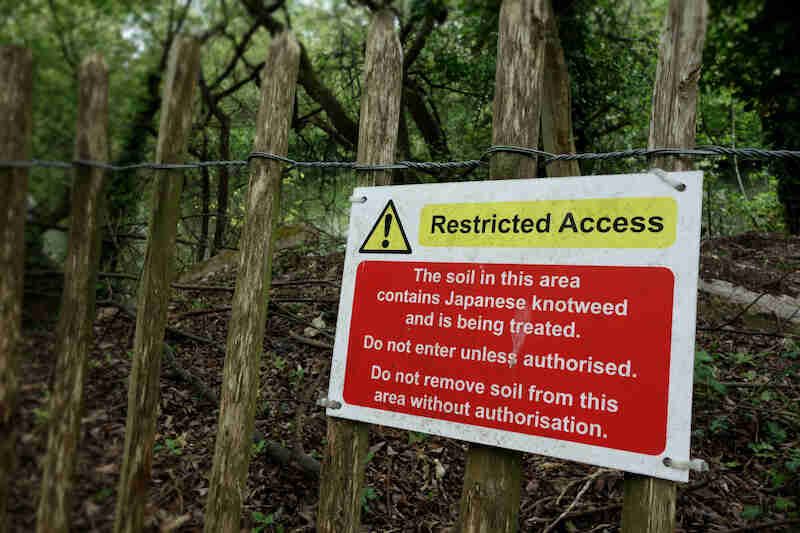14
June 2022
House Hunters Urged to Look out for Property Red Flags
With house prices booming to a 10-year high, interest rates rising, and inflation increasing pressure on finances, many potential home buyers and sellers are eager to complete transactions. But people should avoid being caught up in the frenzy and ensure they’re not missing red flags.
That’s the warning from the personal finance comparison experts at Quotezone.co.uk. They’re urging property buyers to do their homework and ensure their purchase is a secure investment.
That means viewing any potential property in person, keeping an eye out for potential flaws and risks that can be extremely costly to address or make the property unsuitable for your family.
That includes the presence of Japanese knotweed, an invasive plant that can damage buildings and comprise their structural integrity and is extremely difficult to eradicate. A study last year by Queen’s University Belfast revealed that Japanese knotweed costs the UK £41 million every year. Most of that economic impact is from the devaluation in house prices when it’s found on the property—often by around 10%— and the high cost of removing an infestation (£1,500-£6,000).
Quotezone recommends that buyers look at photos of Japanese knotweed, including how it looks at various times of the year, and where it tends to grow, before they view a property.
Woodworms are another expensive infestation. When viewing a property, look for holes and tunnels in wood, especially in the roof space, that may indicate an active or previous infestation. Professional woodworm treatment in a home can cost between £500 and £1,000 while repairing the damaged wood can be even costlier.
Potential buyers should also take photos of any noticeable cracks on the interior and exterior of the property, which can be an indication of subsidence or another structural issue, which can both be very costly to repair and may affect your ability to get a mortgage for the home.
Concerned you won’t spot issues yourself? It’s worth it to invest in a homebuyer’s report that can identify serious issues such as damp and subsidence.
You should also return for a second viewing of the home, preferably at a different time of day and with company so you can spot anything else you may have overlooked.
Spend some time in the local area, especially in the evening to see if there are any differences from the daytime, including suggestions of crime or other safety issues. While ONS data analysed by Quotezone revealed that residential burglaries in England and Wales fell by as much as 30% as a result of pandemic lockdowns, they’re expected to return to normal levels as more homes are left unattended. However, while crime will likely rise, we’ve got lax in our security measures. Analysis of 150,000 home insurance policies revealed that the number of burglary alarms installed on homes across the UK has fallen by almost 10% over the last year.
Neighbourhood Watch schemes are another measure that reduces crime. But despite a growing sense of community during the pandemic, 68% of neighbourhoods don’t know if there is a scheme in their area.
Quotezone operates an online postcode checker that lets homebuyers check the crime rate in an area, as well as the percentage of homes with alarms. To find out if there is a scheme in your area, visit quotezone.co.uk/presszone/how-safe-is-your-area.
You should also consider how safe a property is from natural disasters such as floods, which in addition to putting your family, possessions, and investment at risk, can also make a property more expensive to insure.
"It's important to know what to look out for before rushing into a [house] purchase,” Greg Wilson, founder of Quotezone, said.
“By doing their research and knowing what to be on the lookout for, buyers can make the stressful process of buying their forever or indeed first home, a lot more straight-forward, and help prevent potential issues with mortgage approvals and homebuyer surveys, by being able to spot issues with their new house from the outset.”





